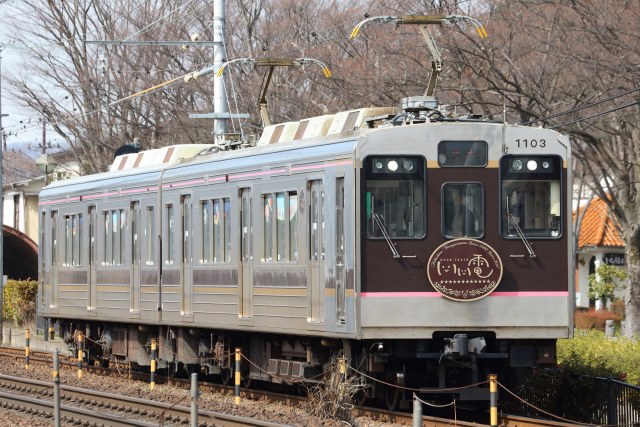Subsequent to the Odakyu line, I'm continuing to show you this year's sakura (cherry) blossoms in the metropolitan area.
Yokohama is located about 20 kilometers southwest of Tokyo, and is the prefectural capital city of Kanagawa Prefecture. It's the second largest city in Japan in terms of population after Tokyo. Just like Tokyo, there are many sakura viewing spots such as Sankei-en. Today, please let me introduce you a park located in the southern part the city.
Negishi Forest Park is a large public park on a hilly terrain. It was originally opened as Japan's first Western-style horse racing course in 1866. Unfortunately, it was closed in 1943 due to WWII, but opened again in 1977 as a public park. When I visited the other day, a gentle hill was fully covered by the light pink-colored sakura blossoms. It showed a vivid contrast with the blue sky and the green grass. Fantastic!
To get to this cherry blossoms' hill, the nearest station is Yamate on the JR East Keihin-Tohoku-Negishi line. Yamate means a place that's close to mountains. As its name suggests, Yamate station is situated in a valley within a mountainous area. There are tunnels in the vicinity of the station that cannot be imagined within the urban area. On the way back home, I enjoyed shooting trains, which were coming out from the 2nd Takenomaru tunnel, for a while. As you know, the train on the Keihin-Tohoku-Negishi line is the blue colored train, named the EMU E233-1000 series.



















